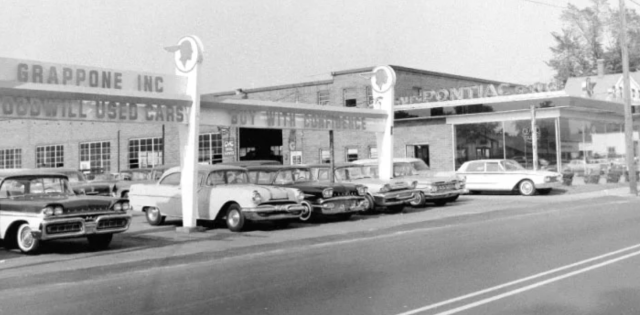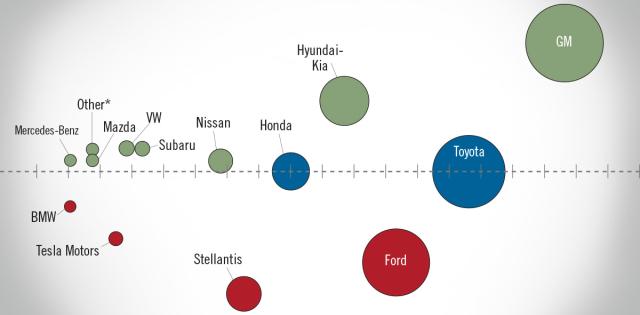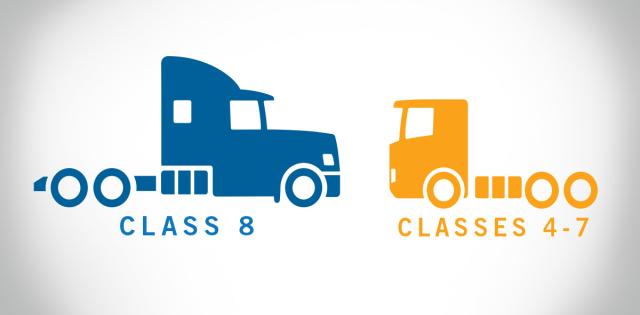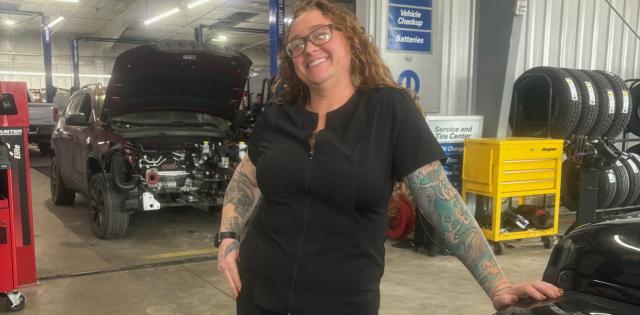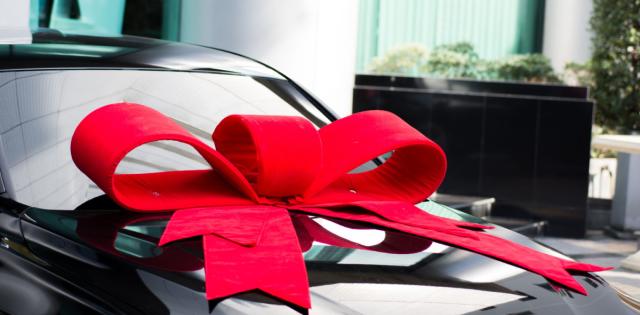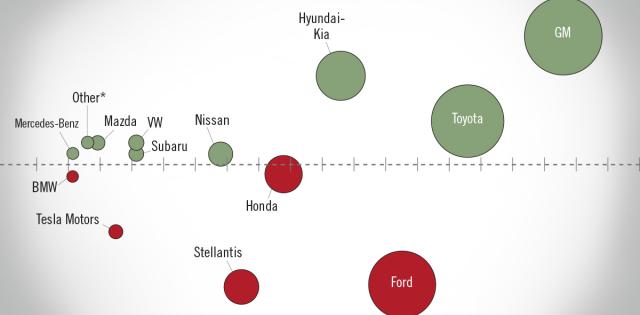Andy Koblenz, NADA executive vice president of legal and regulatory affairs, is an industry expert on the clean vehicle tax credits included in the Inflation Reduction Act (IRA), an opaque and complex group of provisions intended to incentivize electric vehicle (EV) adoption.
Koblenz joined Dave Schwietert, chief policy offer at the Alliance of Automotive Innovation, on a webinar hosted by the Federal Reserve Bank of Chicago to discuss the nuances of the clean vehicle tax credits included in the IRA.
About the IRA
The Inflation Reduction Act, signed into law in August 2022, covers a wide range of topics, including provisions aimed at addressing climate change, prescription drug prices, corporate taxes, and tax enforcement. There are three provisions highly relevant to light-duty dealers related to purchase incentives for battery electric vehicles, plug-in hybrid vehicles, and fuel cell electric vehicles:
-
30D: gives buyers up to $7,500 in tax credits for purchasing a new clean vehicle based on requirements (outlined further below);
-
45W: gives commercial buyers for light vehicles up to $7,500 in tax credits for acquiring a new or used clean vehicle with fewer requirements than 30D; and
-
25E: gives tax credits to buyers of used clean vehicles based on requirements.
Dealers are Essential to Mass-Market EV Adoption
Dealers are leading the way in EV investments, including charger installations, new equipment, and staff training to educate consumers. NADA has projected that the total investment from dealers could range between $2 and $5 billion.
Dealers are not only all-in on EVs, but they are truly essential to their broad distribution once they reach the mass market. Dealers are the first line of consumer education, including interpreting the clean vehicle tax credits for consumers that may qualify.
Who Qualifies for the New Retail Clean Vehicle Tax Credit
As previously mentioned, 30D is the new vehicle tax credit which gives consumers up to $7,500 in the purchase of a new clean vehicle. The requirements that determine qualification for the credits fall into three buckets of responsibility: the manufacturer, the consumer, and the dealer.
The manufacturer determines if the vehicle qualifies and if so, how much. Based on, among other things, the critical mineral content and battery components of the vehicle, where they are manufactured, and the MSRP, each vehicle qualifies for $0, $3,750, or $7,500.
The consumer must meet three requirements to qualify for the credit. The vehicle cannot be acquired for resale. There is an income cap ($300,000 for married, $225,000 for head of household, and $150,000 for single). Finally, the consumer needs to have affirmative tax liability in an amount equal to the credit in the year of purchase.
The dealer also must meet three requirements. They are responsible for determining that it is a new vehicle. They also provide the form of disclosures (e.g. the VIN, the Social Security number of the purchaser, the name of the purchaser, the battery capacity of the vehicle, the maximum credit available for the vehicle, etc.) to the consumer that enables the consumer to claim the credit. Finally, the dealer is responsible for reporting to the IRS the vehicle sales at the end of each year.
There are fewer restrictions for 45W, which provides credits for vehicles used for business purposes, such as a small business owner running a landscape company or a leased vehicle. For commercial vehicles, there is no MSRP cap, no income cap, no North American assembly required, no minerals or battery component limitation, and no entity of concern limitation.
Looking Ahead
To make the implementation of these credits more accessible for consumers, Koblenz outlined three areas for recommended clarification. The first is the definition of the placed-in-service date. At present, each vehicle is given a date, like an expiration date on milk, when the credit will expire. To better support the goals of the tax credit incentives, Koblenz recommends using the date that the manufacturer finishes the vehicle to determine the viability of the credit.
The second recommendation is to improve the user experience of the IRS website on EV tax credits. Ideally, a consumer or dealer should be able to search a VIN to determine the qualification of the vehicle for a credit.
The final improvement looks to 2024, when there is a provision that allows the value of the credit under 30D to be transferred to the dealer, so that the dealer can include the credit in the sales transaction. At present, it can take three to 15 months for the consumer to get the value of the incentive, a delay that many people cannot afford. By moving the incentive to the transaction, it can be included in the vehicle’s financing and make the credits more widely accessible.
To see the full webinar or read the transcript of Andy Koblenz’s presentation at the Federal Reserve Bank of Chicago, visit here.





